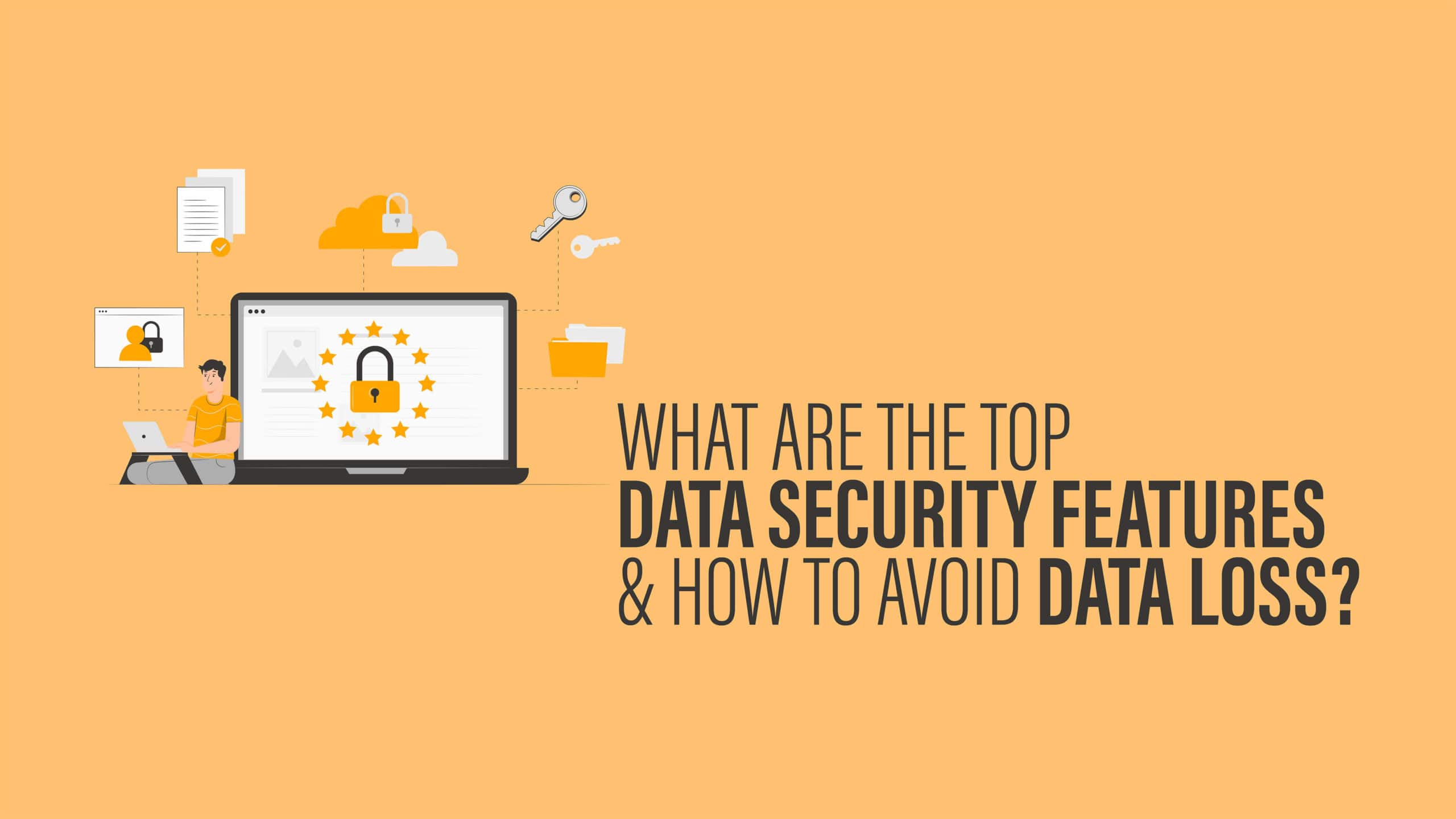UBS App is now Superworks

Data security refers to the process of protecting data from unauthorized access and data corruption throughout its lifecycle. Data security includes data encryption, hashing, tokenization, and key management practices that protect data across all applications and platforms.
The top most elements of data security are confidentiality, integrity, and availability. It’s like a security model and a guide for organizations to protect their sensitive data from unauthorized access. Confidentiality ensures data is accessed only by authorized individuals. Integrity ensures information is accurate and reliable. Finally, availability ensures the data is available, accessible, and can be considered for business needs.
Authentication and authorization are the best ways to improve data security and protect against data cloning and data breaches. This technology checks if the user’s credentials match with the stored credentials on an existing runtime database. The standard authorization process has changed, and today, there are many possible ways to identify an authorized user, such as biometrics, passwords, pins, security tokens, and even swipe cards. In addition, authentication has made things easier, that is, with a single sign-in, a user is allowed to access multiple systems, platforms, and applications.
Authentication and authorization can’t be completed without the process called access control. Access control systems include:
Data encryption software effectively enhances data security by using algorithms and encryption keys to turn normal text into encrypted text. To an unauthorized person, the data will be unreadable. That data can then be decrypted only by a user with an authorized key. Encryption is used to protect the data you store (called data at rest) and data exchanged between databases, mobile devices, and the cloud (called data in transit). Your encryption keys must be securely managed, including protecting your critical management systems, managing a secure, off-site encryption backup, and restricting access.
Online productivity tools: Cost-effective and hassle-free.
Prioritizing data security also requires a plan for accessing your company’s data and client’s data if a scenario comes like a system failure, disaster, data corruption, or breach. Doing regular data backups is the most important activity to help with that access. A data backup makes a copy of your data and stores it on a separate system or medium such as a tape, disk, or in the cloud. You can then recover lost data by using your backup. Cloud services promise to be the best way to recover lost data.
Data masking is a technique that hides the letters and numbers by making it difficult to understand with proxy characters. The hidden data comes back to normal data once an authorized user receives it. This is known as data masking.
Tokenization is another feature of data security that substitutes sensitive data with random characters that are not reversible. The data and its token values are stored in a protected database rather than in the case of encryption. The token data is used across different systems while the actual data is stored on a separate secure platform.
After getting some ideas about data security features now, one thing clicks to mind, how to avoid data loss? Isn’t it?
Let’s take a quick look then.
Can we avoid data loss by implementing some prevention strategies?

Data loss is an error condition in information systems in which information is destroyed by failures or neglect in storage, transmission, or processing. Information systems implement backup and disaster recovery equipment and processes to prevent data loss or restore lost data.
Data loss can be avoided by using a DLP, i.e. Data Loss Prevention. DLP is a set of products, strategies, technologies, and techniques that ensure end-users do not transmit critical or sensitive data outside an organization. DLP also refers to data loss prevention software and other data loss prevention tools that assist network administrators in managing data transfer by end-users.
Some of the top trending ways to avoid data loss are
There can be many ways, but the points mentioned above are the top most and priority to avoid data loss.
How to fix stressful and time-consuming payroll in your company?
So, got some new ideas, right? Data security and avoiding data loss is the top most priority in any organization. The features mentioned above and data loss prevention in place make your organization unique, efficient, and reliable. Without a feature like DLP, you might not generate clients up to expectations. So, make sure you have all the features of data security & DLP.
Feel free to contact us and subscribe to us for more information on related topics.
Stay Up To Date With Business Growth Tips And Tricks With UBS
We are here to help you find a solution that suits your business need.
Get a visual representation of how we work!
Schedule DemoOur sales expert is just one call away to meet your needs.
Get In TouchHave a question?
Chat with Us